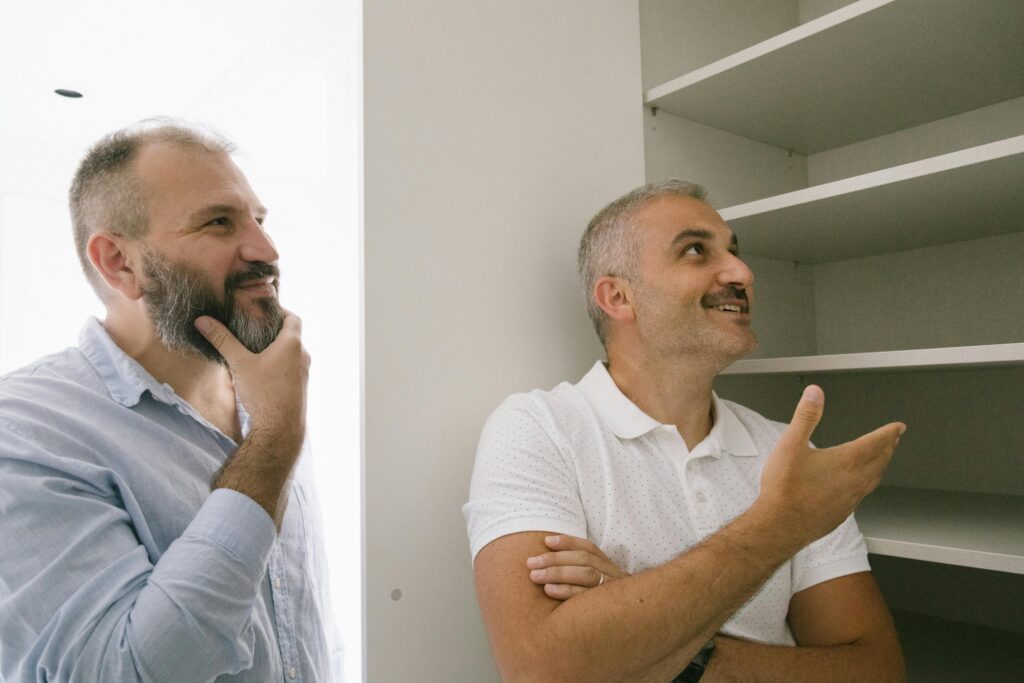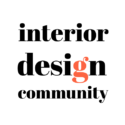
Introduction
Hiring an interior designer can be transformative for your home, offering professional guidance to achieve a space that’s both functional and beautiful. However, many clients aren’t sure what to expect when they begin working with a designer. Misconceptions about the process can lead to confusion and frustration, so it’s essential to be informed before you start.
This guide will help clients understand what to expect when working with an interior designer, how to choose the right professional for their project, and why trusting the process is key to a successful outcome.
Choosing the Right Interior Designer
The first step toward a successful design project is selecting the right designer for your needs. Here are some tips to help you make the right choice:
1. Review Portfolios & Style
A designer’s portfolio offers valuable insight into their work. Review their past projects to ensure their style aligns with your vision. Versatility in design and attention to detail can demonstrate their ability to meet your specific needs.
2. Establish Communication & Compatibility
A successful designer-client relationship is built on clear communication and mutual respect. Make sure your designer listens to your needs, is transparent about their process, and is someone with whom you feel comfortable collaborating.
3. Clarify Budget & Fees
Discuss budget upfront and understand how the designer charges for their services, whether it’s a flat fee, hourly rate, or a percentage of the project. Being transparent about costs from the start will help avoid misunderstandings later.
What to Expect from the Design Process
Once you’ve hired your designer, it’s important to know what the process will involve. Here’s a breakdown of what you can expect from start to finish:
1. Initial Consultation
Your designer will begin with an initial consultation to assess your space, understand your vision, and discuss your needs and budget. This is a time to outline goals and address any concerns you may have.
2. Design Proposal & Concept Development
Following the consultation, the designer will create a proposal that includes mood boards, sketches, and digital renderings of the design concept. You’ll review the concept and provide feedback, ensuring that the design aligns with your expectations.
3. Sourcing & Procurement
The designer will handle the sourcing of materials, furnishings, and decor that match the approved design concept. This stage involves extensive research, coordination, and planning to ensure everything fits the vision, timeline, and budget.
4. Execution & Installation
Once all the elements are sourced and delivered, the designer will oversee the installation, coordinating contractors and ensuring the space comes together as planned. This is the most exciting stage but may also involve unexpected challenges such as delays or issues with materials.
5. Final Walkthrough & Adjustments
After installation, the designer will walk through the space with you to ensure every detail meets your expectations. Any necessary adjustments or finishing touches will be made at this time.
Insights from the Interior Design Community
Our community members have plenty of experience navigating the challenges of the design process. Here are some of their insights on what they wish clients knew when starting a project:
- Setting the Right Expectations:
“As an attorney that resolves many disputes for designers, my advice would be to assume that your new client is coming into the project with their own understanding of what the design process is supposed to be. You essentially need to wipe their brain of what they learned from other designers because I promise you no two designers work the same way or have the same process. Establish your process upfront, be clear about it, and capture it in your contract. Make sure you very clearly state what you are doing and what is going to cost more money. This is how you avoid disputes and educate your client.” — @estelalaw - The Value of Time & Effort:
“A lot more time and effort go into sourcing furniture and materials than they could EVER realize.” — @anndeckerdesign - Case Studies & Transparency:
“Over the last 5 years, I’ve built up case studies of many of our projects. Clients often come to us referencing a project they see on our website. These case studies detail the scope, the furnishings, and the combined hours it took our team from start to finish. This has created a clear foundation for chatting with potential clients. Many realize that they do not have the budget and need time to reassess.” — @justinesterlingdesign - Trusting the Process:
“By trusting the design team, you’ll get the best outcome. Constantly disliking proposals and suggesting substandard options will water down the design, and the end result will look thrown together by lots of people with differing tastes and styles.” — @jillylizzyinteriors - Unexpected Challenges:
“At some point in the process, something will go wrong (not in stock, someone made a mistake, a pandemic happens and everything shuts down). And although it is our job to find solutions to those things going wrong, they are not our fault. We cannot plan for the unforeseeable, and that does not make us bad designers.” — @bureauliving.interiors - Patience & Trust:
“Trust your designer and trust the process—you will wind up with a space you love.” — @lilyrose_homes - Clients Need to Commit:
“They need to realize they have to make decisions, they have to not keep changing their minds, they have to understand that we’re here to offer advice and guidance, and they need to know we don’t work for free. This is our business, and it’s a process.” — @garden_and_reno
These insights emphasize the importance of setting clear expectations, recognizing the complexity and time investment involved in design projects, and ultimately trusting the expertise of the designer to deliver the best outcome.
Conclusion
Hiring an interior designer can be a rewarding experience that transforms your space in ways you may not have imagined. By understanding the process, choosing the right designer, and fostering trust throughout the project, you can ensure that the outcome meets your expectations.
Remember, good design takes time and careful planning. Trust your designer to guide you through the process, and you’ll soon see your vision come to life in a beautiful, functional space.
If you have any questions or are considering hiring a designer for your next project, reach out—we’d love to help!



